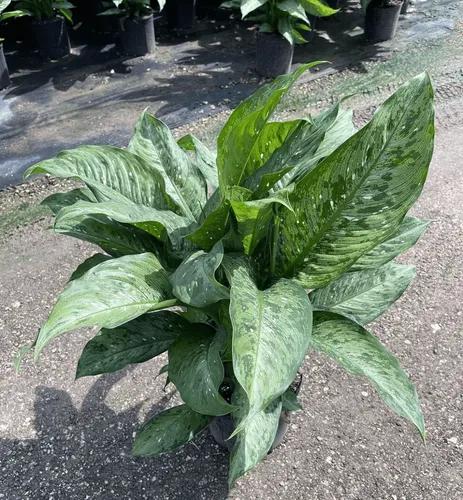Asplenium nidus (also known as "Bird's Nest fern" and "Japanese Crispy Wave") is a species of fern in the family Aspleniaceae. This plant is native to tropical southeastern Asia, Polynesia, and eastern Africa. In the 19th century, it gained favor among flower growers. Asplenium nidus remains a popular indoor plant nowadays.
Japanese Crispy wave Care
Japanese Asplenium nidus



You can recognize a Japanese Crispy Wave plant by its distinctive, integral, wavy-shaped leaves. Like other ferns, Asplenium doesn't have a flowering period. The bases of its tender leaves form a nest with its rhizome, hence the name "Bird's Nest fern." This plant's foliage is so delicate that even a touch can be harmful, so it's best to be extra careful around your green pet!
How to Care for the Plant

Water

Asplenium fern needs regular irrigation. You may give your green pet some settled water 2-3 times a week during the summer. In winter, you can reduce the watering to once a week. Keep in mind that the soil in the container should always be moderately moist, so you should check on your greenie from time to time!

Pruning

Japanese Asplenium nidus does not require special pruning. However, you can remove yellowed and dried leaves to help the plant cope with diseases and pests.

Fertilizer

You can fertilize Japanese Crispy fern once every 2 weeks during the growing season. When using liquid fertilizers, gardeners recommend diluting them by half.

Sunlight

When choosing a place for this beautiful plant in your home, consider spots with diffused sunlight. Your best bet is the windowsill of the east- or north-facing window. It is recommended not to keep this fern away from direct sun rays to avoid burns.

Soil

Japanese Asplenium nidus prefers a loose, peaty, slightly acidic growing medium. You can use a mixture of peat, turf, leafy soil, and sand in equal ratios. Adding sphagnum moss and crushed charcoal to the soil can also be very useful.

Propagation

Asplenium nidus reproduces by division of the rhizome, buds, and spores. The simplest and most productive way is to divide the bush. You can do it in the spring when repotting the plant.

Temperature

This delicate green beauty does not enjoy excess heat. If the humidity is low, the temperature should not exceed 70°F (21°C). In the summer, it can fall to 59-60°F (15-16°C). During the dormant period in winter, the optimal range is between 53°F and 57°F (12-14°C).

Container

Choose a deep container for your green beauty. Furthermore, Asplenium needs a good drainage layer and drainage holes. You can also choose a pot with a pallet. Remember that you shouldn't transplant your greenie to another vessel unless necessary.

Fun fact

The name of this plant genus alludes to its alleged medicinal properties (it means "without a spleen").

Popularity

1,986 people already have this plant 546 people have added this plant to their wishlists
Discover more plants with the list below
Popular articles






